 by Jennifer Jones
by Jennifer Jones
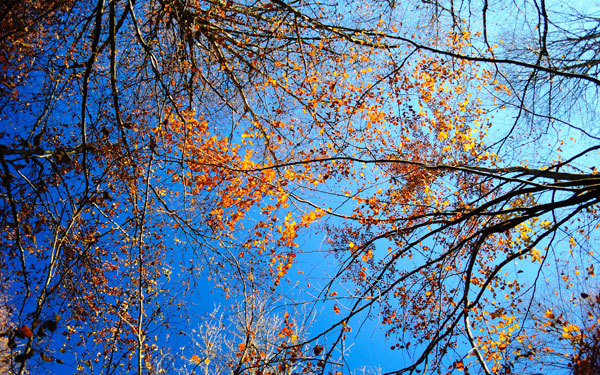
With autumn approaching and the days getting shorter, gardens and plants slowly die back and go dormant for the colder months. This is the natural course for all plants and animals as the seasons change. Healthy plants rely on nature’s cycles. However, there are many tasks that can be done to improve the vigor of your garden. Pruning, mulching and covering your plants all depends on the type of plants, wildlife in the area and your winter aesthetic. To properly prepare for winter, there are a few important chores that should be done in the yard to ready your plants for winter and spring.
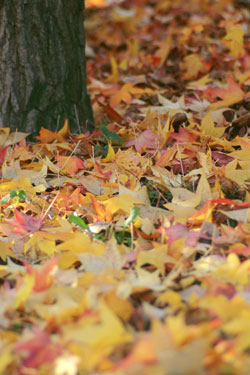
Fall is an excellent time to review your lawn and garden arrangement. As the trees go bare, you can review the health of your trees and shrubs. Also, take this time of the year to look at the remnants of the perennials and grasses. Shrubs, trees and perennials can be planted for next year. It is easiest to dig and plant them before the frost hits and the ground freezes. This gives them time to establish roots before next spring and provide a head start for the season.
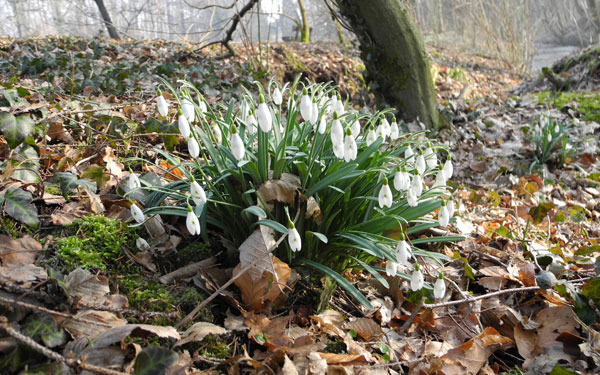
As the plants die away, take advantage of the opening spaces to remove old sticks, rocks, leaves, trash and other unwanted items from your gardens, flowerbeds and lawn. This will keep your gardens attractive and reduce the clean up time come spring. Once cleared of debris, many gardeners will place layers of leaf litter, foliage and mulch. Perennials can be protected from harsh frosts and snow with a layer of leaves. Mulch is greatly beneficial for keeping the soil at a steady temperature and retaining moisture, thus maintaining healthier roots for bushes, perennials and trees. However, take care to keep mulch away from the trunks of trees and bushes to avoid decay caused by moisture.

Gardeners used to always cut back everything to ensure a well-ordered appearance for the spring. Trimming and pruning can be beneficial, since the plants have gone dormant and there are fewer chances to spread disease. However, many people today enjoy the aesthetic of grasses, seed heads and stems that provide texture to the landscape throughout the winter. Additionally, birds feed on leftover seeds, butterflies lay their eggs on plants and some animals rely upon the bushes as protection during the cold. Certain kinds of bushes and trees have already formed buds for the upcoming spring as well. In order to not inadvertently remove this healthy growth and to help protect wildlife, carefully select what you decide to trim and cut back for the winter. It is safe to cut back any diseased or dead branches from trees and shrubs.
Certain perennials that are more delicate should not be cut back and pruned. Ferns, mums and asters should be allowed to keep their old foliage that protects the crowns through winter. Other perennials, such as plumbago and wild indigo, sprout out later in spring, so be sure to leave a good portion of their stems so they are not disturbed or planted over. Two or three inches above the ground is a good height to trim perennials. This provides enough of a marker for its location and avoids from damaging crowns and other buds that may exist just below the ground.
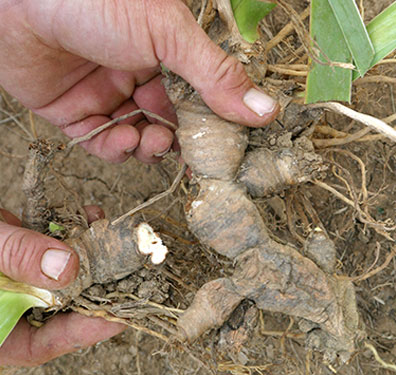

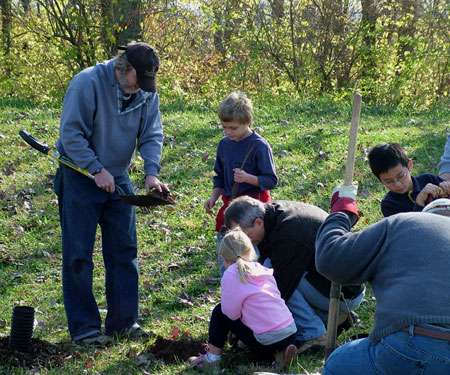
This is the perfect time to divide perennials and bulbs that are getting big. Some can be separated from the root with your hands, and some will require a knife or spade to cut apart. Although it may seem brutal, dividing bulbs and perennials encourages new growth and a healthier plant. Additionally, it helps gardeners fill in empty spots throughout the garden and flower bed. Spring bulbs should be planted before the end of November. The cold of winter encourages their growth. Many people will plant them in containers, so they are easily moved to the perfect location when spring arrives. A healthy bulb should feel firm when you squeeze it, however, be careful not to squeeze too hard and bruise it. Discard bulbs that feel hollow or mushy.
Additionally, late fall is the prime time to cleanup your vegetable garden. This will save time and make starting the fresh spring garden much easier. Some gardeners will plant a “cover crop,” or green manure, over the garden soil for protection. When spring arrives, you simply till the cover crop into the garden soil and it will supply valuable organic material that enriches the soil for fresh crops. Other people will till the soil in the fall since the soil in the spring is often too wet to use a roto tiller. To get this early jump on spring, make sure to supply a layer of mulch to avoid the soil from washing and blowing away as well as winter weed prevention. Perennial vegetables should be trimmed up for winter by removing old foliage and stems. A layer of mulch is beneficial for these plants to prevent root damage, the spread of disease and protection from the cold temperatures.
Now that you have prepared your gardens and trees for winter, do not forget to prime the grass in your lawn. Aerating your lawn allows for a greater movement of water, air and fertilizer that encourages healthier grass. The rate of decomposition of grass clippings will increase and help to enhance deep root growth. Fertilize and re-seed bare spots of cool-season grasses. For warm-season grass, fertilize one final time about two weeks before the first frost. Some homeowners will do a soil test to determine if their soil needs additional nutrients for a healthier lawn come springtime.
Fall gardening can be a real delight with the chilly temperatures and changing of the leaves. For the most attractive winter appeal, tidy your flower gardens and bushes while keeping in mind to preserve the wildlife and beauty of its surroundings. Be sure to tear down that old vegetable garden so that it will be easier to plant when spring arrives. And lastly, remember to bring in your houseplants that have enjoyed the summer outdoors.
Here are some related articles:
Save this article to:
back to top